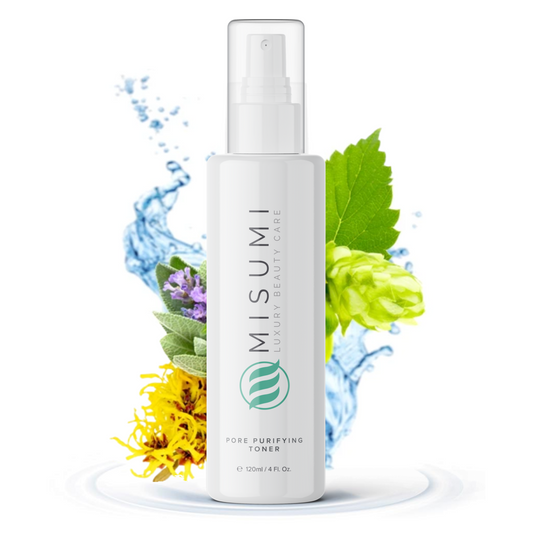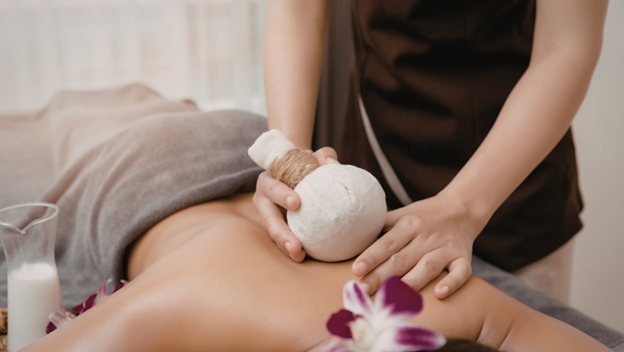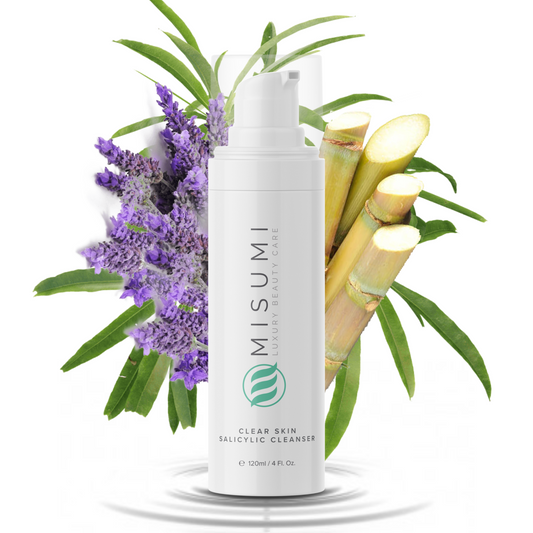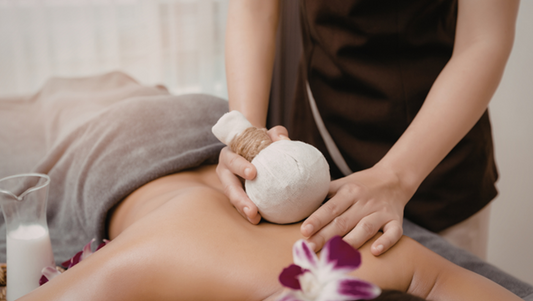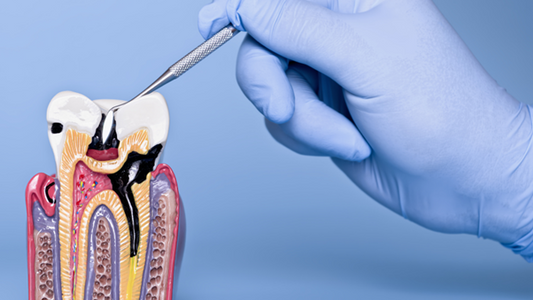Becoming a massage therapist is a great career if you are passionate about helping people relieve pain, reduce stress, and live healthier lives. As you probably know by now, however, you cannot start practising professionally in most states before earning your massage therapist licence. The main reason why licensing is required for massage therapists is to ensure public safety by ascertaining that practitioners have met a standard level of education and training.
The path to licensure often seems confusing at first, especially when you realise that requirements vary from one state to the next. Nonetheless, the process follows a clear pattern once you understand the basics. Here's a step-by-step guide to help you navigate this process with confidence.
1. Check Your State's Licensing Requirements
The most important step before beginning your licensing process is to check what your state's licensing board needs from you. Many states, including California, Florida, Texas, and New York, require a state licence, while a few others recognise national certification instead. In any case, it's always best to get your massage therapy license through a reputable course provider like RocketCert to ensure you are getting the right training.
Always check your state's board of massage therapy website to ensure that the provider you choose is recognised by the board. That way, you won't spend a lot of your time and money only to realise you were taking the wrong course. Relying on the information provided by the board also gives you complete and updated guidance regarding the specific number of training hours you need, and what you must do to pass the licensing exam.
2. Complete a State-Approved Massage Therapy Course
Your next move should be enrolling in a state-approved massage therapy school. Such programs typically combine anatomy and physiology with massage techniques, ethics, client communication, and business practices. A majority of the programs require 500-1000 hours of study, divided between classroom instruction and hands-on practice.
Since you can never predict the future, it's best to attend a program whose training hours are sufficient for most other states (about 750 is the ideal number), as it's usually quite difficult to supplement hours later. Some of the areas of study that these programs focus on are:
● Pathology and contraindications
● Musculoskeletal anatomy and kinesiology
● Swedish, deep tissue, and other massage techniques
● Client assessment and documentation
● And a lot more!
Some schools even include specialised electives like sports massage, prenatal massage, or reflexology, which helps you niche down early enough. Always ensure that the program you choose is accredited by widely recognised agencies like the Commission on Massage Therapy Accreditation (COMTA).
3. Pass the Licensing Exam
After graduating from school, you will have to pass an exam to earn your licence. For most states, this exam is the MBLEx, which you typically apply for at FSMTB.com. States like New York and Hawaii, however, have state-specific exams, and there's also a small number of states that won't require you to pass any exam before licensing.
Keep in mind that once you've passed the MBLEx, that passing score is usually good for the rest of your life. You never have to sit for the exam again, which means you can use the results to qualify for a licence in any state. That's why you need thorough preparation to ensure you pass the exam on the first try.
4. Apply for the Massage Therapy Licence
If you pass your exam, you're good to apply for a licence in your state. For massage therapists in Hawaii, steps 3 and 4 are usually combined. You'll find the application page on the website for whatever agency regulates massage licences in your state (commonly the commerce or health department). In most cases, the application is entirely online, but there are some licensing boards that require you to print, fill out, and mail your application.
Many states will want to receive the following documents from your school:
● Proof of completed education
● Proof of the school's licence
● Another form or two
You may have to request the above documents, but in most cases, the school submits the information to the board as soon as you complete the training program.
What you'll always have to do on your end is send a completed application and submit the full payment. Depending on the state, you may also be asked to provide one or all of the following documents:
● Proof of First Aid
● Proof of CPR
● Proof that you passed an exam on state laws
● Background checks (includes fingerprints)
● Proof of licences in other states (if applying in a new state and don't meet the education requirements)
● Statement from trusted referees vouching for your moral character
After sending in your application, expect a processing time of 1 to 3 months, depending on the state, which means that you will get licensed approximately one year after starting school.
Ready to Begin Your Career?
In the end, earning your massage therapist licence is about more than just meeting requirements. You must be committed to professionalism, trust, and care. Every step, from education to launching your career and even continuing your education, should be geared towards helping your clients feel their best.
Regardless of the area you are drawn to when it comes to massage therapy, the best time to act is now. Go to rocketcert.com today to see the courses they have for your state and get started.

